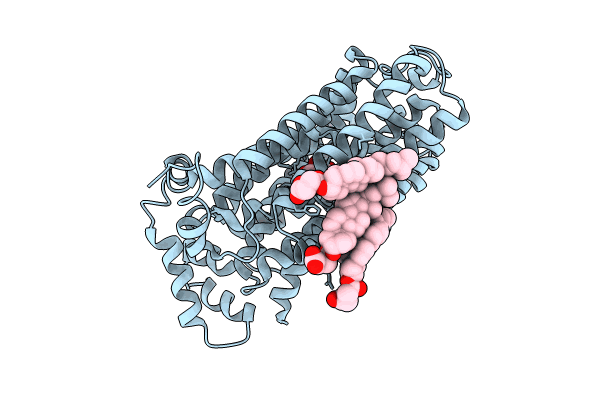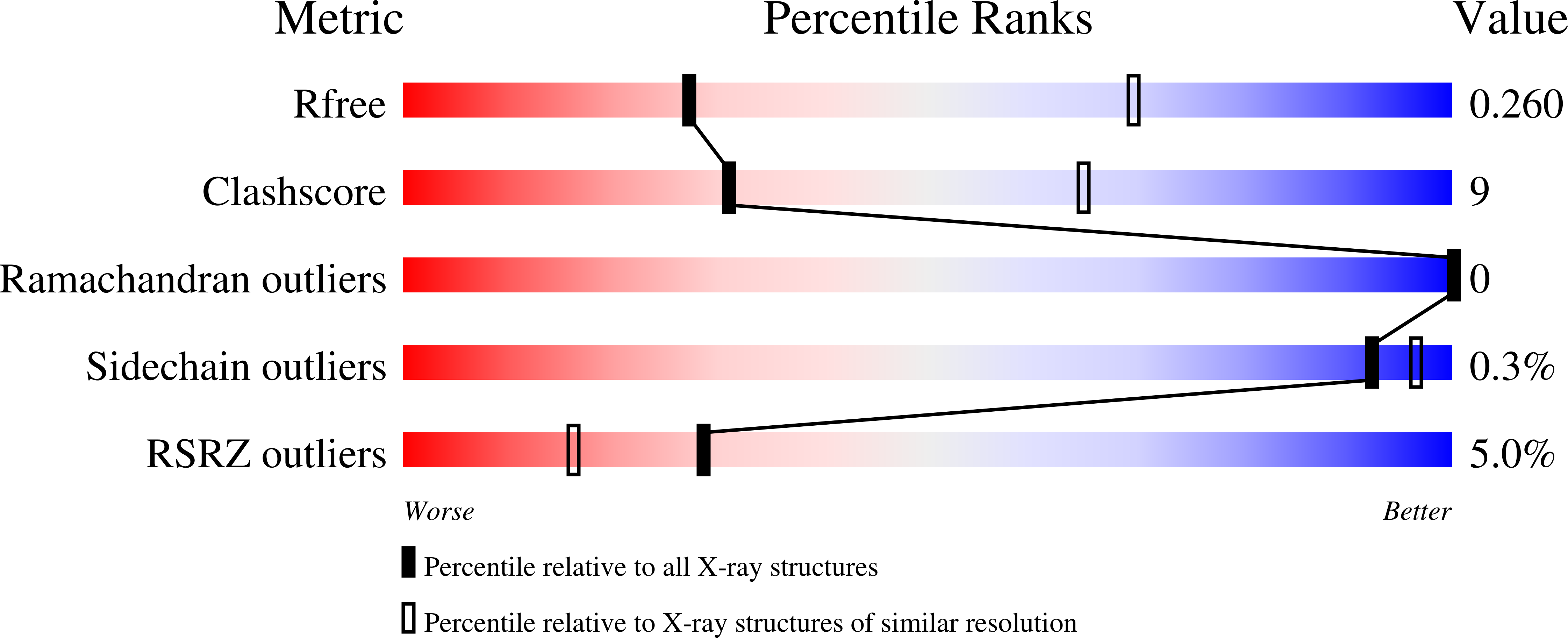
Deposition Date
2024-07-09
Release Date
2024-08-14
Last Version Date
2025-08-27
Entry Detail
PDB ID:
9G11
Keywords:
Title:
sugar/H+ symporter STP6 in inward occluded conformation with glucose bound
Biological Source:
Source Organism:
Arabidopsis thaliana (Taxon ID: 3702)
Host Organism:
Method Details:
Experimental Method:
Resolution:
3.20 Å
R-Value Free:
0.25
R-Value Work:
0.22
R-Value Observed:
0.23
Space Group:
P 32 2 1


